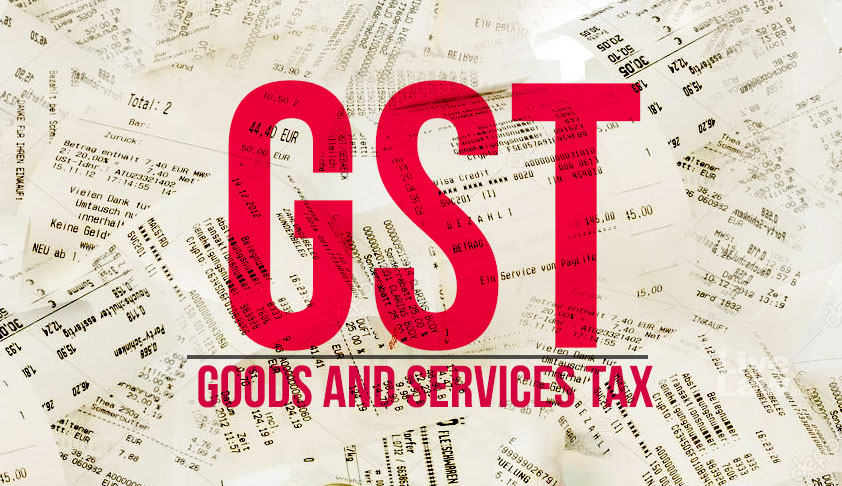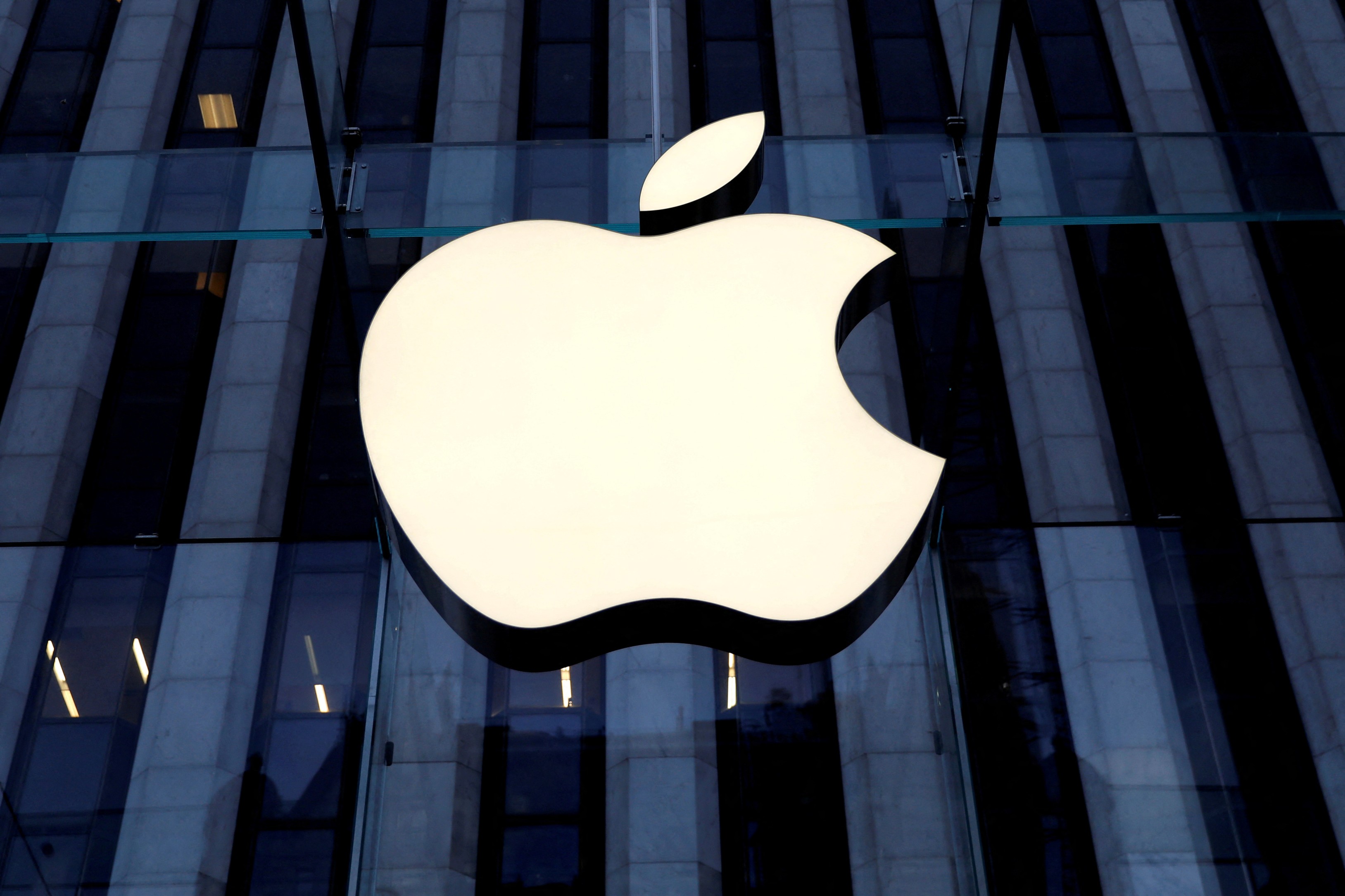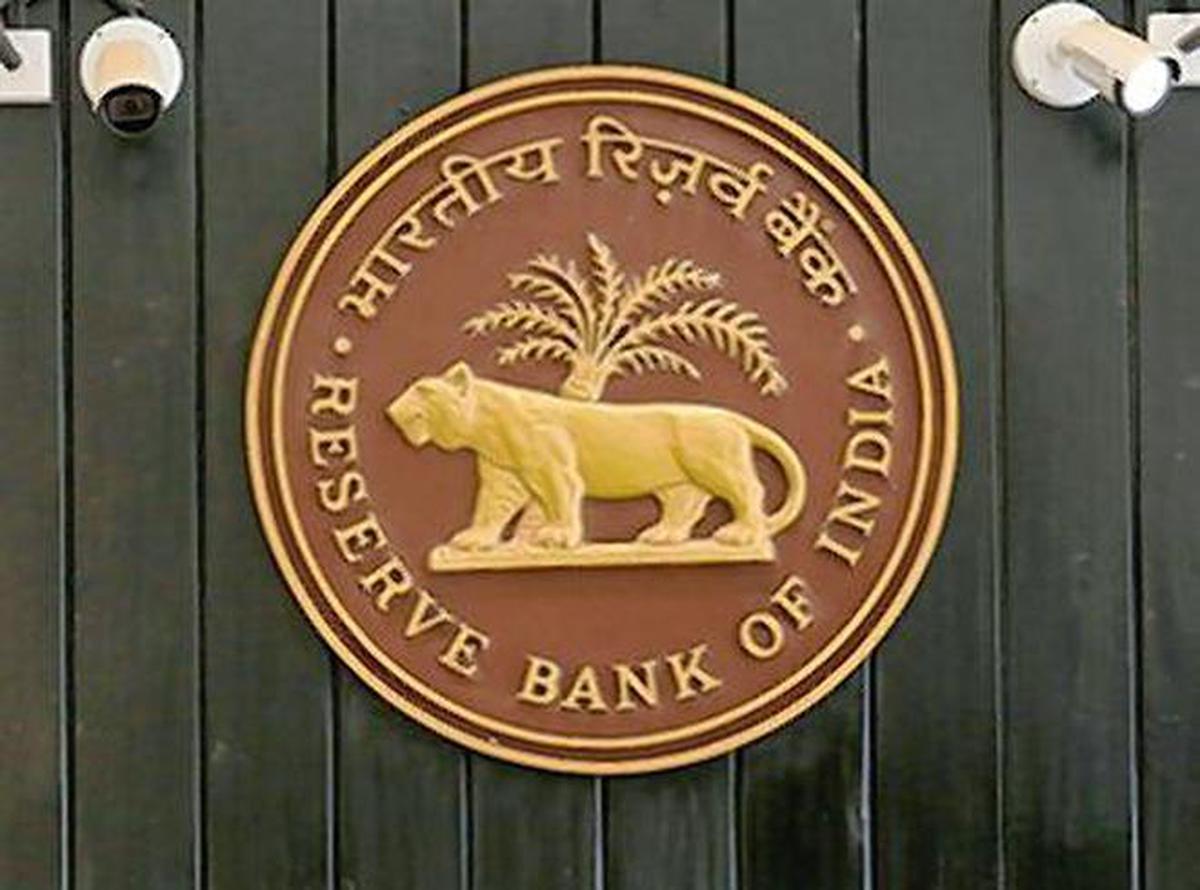It’s been well-established that Gen Z – those between the ages of 18 and 24 – are “digital natives.” Their lives are driven by tech and they have a low tolerance for user experiences that don’t live up to their expectations of performance and speed.
But real-time isn’t just being demanded by a demographic slice of India’s population. It’s a necessity across the board. Winning organizations take data, process it, and use it to deliver an instantaneous experience to the customer – whether that customer is an internal logistics manager, warehouse worker, or a 20-something posting on social media.
Think about an organization where, at each moment, a recommendation engine is talking to every part of the business – sharing immediate data on live sales and inventory, the purchasing pipeline, and all the context that impacts the business (market conditions, supply chain issues, even weather). This is a goal that many if not all, enterprises should strive for.
Organizations that rely on processing data in batches and depend on analysts to review dashboards cannot deliver data-driven actions when it matters most – and they will be left behind.
The great news is that today, the right technology exists to enable every app to meet every customer with smart, real-time action. Let’s take a look at what real-time data can do and how to activate it in every app, for all kinds of customers.
Where real-time data is today
Consumers love apps that meet them at the speed of life. Take Starbucks as an example. The Seattle-based coffee company’s app, with 31 million users, is the second most popular point-of-sale app, behind Apple Pay.
When a customer orders a drink via the Starbucks app, they expect it to be ready within minutes. They also expect real-time updates throughout the ordering process. And when a customer comes into a store, they get real-time recommendations, based on ordering preferences, past purchases, and even the season. Behind the scenes, Starbucks needs to ensure it has all the right ingredients, someone there to make the drink, an estimate of when the order will be ready for pickup, and the technology to communicate when the order is ready. All of this needs to happen in real-time.
It isn't just consumer apps that have evolved. BlackBuck has developed a digital freight and fleet management platform that simplifies the process of booking freight loads, providing shippers of all sizes instantaneous access to the right truck, at the right time, for the right price.
Starbucks, Blackbuck, and so many other enterprises can’t deliver these experiences – or reap the rewards they offer – without the right technology.
The open data stack
The term “real-time” has been around for years. “Reactive apps” were promoted as the next big thing in the early 2000s. But the technology wasn’t there yet.
Today we have the right technology stack to enable every app to meet every customer with a real-time action. It’s not magic anymore. So how can organizations go about building the right foundation to do this?
First of all, it’s critical to have a database that’s optimized for customer context and instant access to data. It’s how you take advantage of your real-time data “at rest.”
NoSQL databases are optimized for modern data applications that require large data volume, low latency, and flexible data models (“NoSQL” stands for “not only SQL,” which means these databases can store and retrieve data using a variety of languages).
Invented by Facebook in 2007, Apache Cassandra is an obvious choice, with its high throughput and ability to support apps that are globally distributed and always on.
Secondly, customer behaviors and actions need to become visible and available to all applications across an organization. This is where streaming technology comes in. A best-of-breed streaming system should not only pass events along from one service to another but store them in a way that keeps their value for future usage. The system also needs to scale to manage tons of data and millions of messages per second – the kind of performance that real-time apps demand.
Apache Pulsar is an advanced, open-source streaming and messaging technology that’s ideal for handling real-time data. It was built for the high throughput and scalability that many data-driven applications require.
And finally, organizations need a way to empower their developers to make the most of real-time data. They need a layer of APIs (application programming interfaces) that lets them build apps with freedom of choice and without operational distractions. Stargate, for example, is an open-source data API layer that sits between applications and the database, and offers a variety of endpoints for developers to build with.
We’ve thought a lot about these components at DataStax as we’ve built the real-time open data stack that just works. When enterprises can activate data in real-time applications keep improving, more value is delivered, faster, and amazing experiences are delivered to customers—whether they are workers getting up-to-the-minute inventory information, or Gen Zers posting a new dance video on Josh.








 OpinionExpress.In
OpinionExpress.In














Comments (0)